Rattlesnake Plant
- October 23, 2023
- 0 comment
The Rattlesnake Plant, scientifically known as Calathea lancifolia, is a captivating and popular houseplant cherished for its striking foliage and distinctive characteristics. Native to the tropical rainforests of Brazil, this member of the Marantaceae family is aptly named for its eye-catching, lance-shaped leaves with intricate patterns resembling the skin of a rattlesnake.
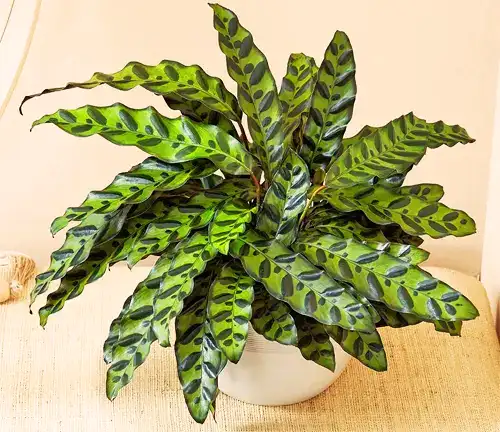
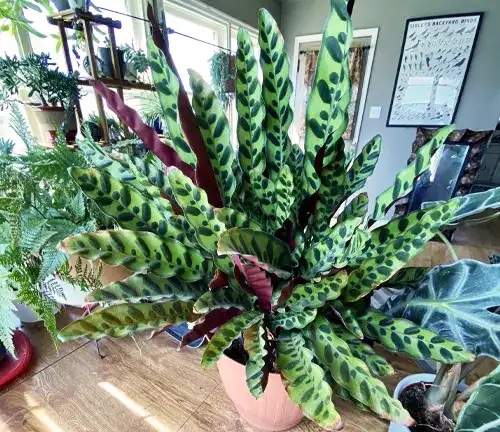
The Rattlesnake Plant’s foliage features a beautiful combination of dark green and silver markings, and its undersides are a deep burgundy hue, adding to its visual allure. These leaves have the unique behavior of raising and lowering in response to light, earning them the moniker “prayer plant.” Rattlesnake Plants thrive in indirect sunlight and high humidity, making them ideal for indoor spaces.
With a little care and attention to their needs, they can make a stunning addition to any home, adding a touch of the rainforest’s exotic beauty to your surroundings.
| Characteristics | Description |
| Scientific Name | Calathea lancifolia |
| Common Names | Rattlesnake Plant, Calathea Rattlesnake, Prayer Plant |
| Family | Marantaceae |
| Origin | Native to the tropical rainforests of Brazil |
| Foliage | Lance-shaped leaves with dark green and silver markings |
| Leaf Undersides | Deep burgundy or maroon |
| Growth Height | Typically reaches 2 to 3 feet (60-90 cm) indoors |
| Light Requirements | Indirect, filtered sunlight; Avoid direct sun |
| Temperature | Prefers temperatures between 65-80°F (18-27°C) |
| Humidity | High humidity is essential, aim for 60% or more |
| Watering | Keep soil consistently moist, but not soggy; water when the top inch of soil feels dry |
| Soil Type | Well-draining, peat-based mix |
| Fertilization | Feed every 4-6 weeks during the growing season (spring and summer) |
| Propagation | Usually through division of mature plants |
| Maintenance | Wipe the leaves regularly to remove dust and maintain their vibrant appearance |
| Special Feature | Leaves fold up at night and unfold during the day, resembling a prayer position |
| Toxicity: | Non-toxic to cats and dogs, safe for pet-friendly households |
Botanical Beauty of “Rattlesnake Plant”
The Rattlesnake Plant, or scientifically known as Calathea lancifolia, is a botanical masterpiece that has captured the hearts of plant enthusiasts worldwide. Its allure lies in its striking foliage, making it an enchanting addition to any indoor space.
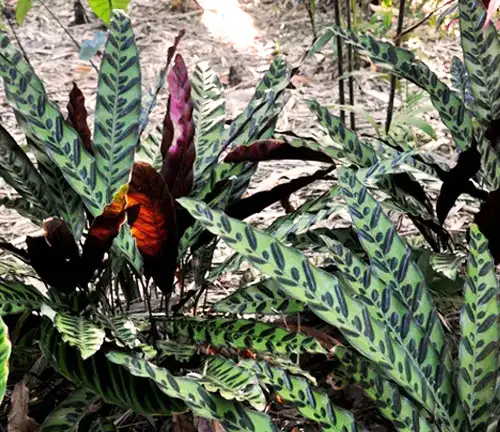
Native to the lush rainforests of Brazil, this remarkable member of the Marantaceae family is aptly named for its unique and captivating appearance. The Rattlesnake Plant’s leaves, resembling the intricate patterns of a rattlesnake’s skin, are an extraordinary example of nature’s artistry. Their rich green coloration is accentuated by contrasting silver markings, making them a true botanical beauty. But the appeal of the Rattlesnake Plant doesn’t end there; it also boasts a fascinating behavior of raising and lowering its leaves in response to light, earning it the additional moniker of the “prayer plant.”
Woodland Elegance
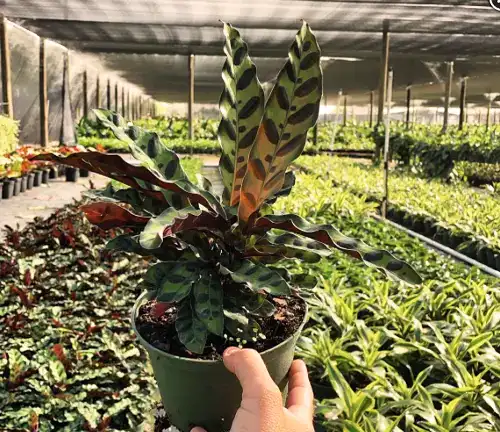
In the dense rainforests where the Rattlesnake Plant originates, its woodland elegance shines through. Its lance-shaped leaves, which are often over a foot in length, create a striking presence on the forest floor. The dark green and silver patterns on the leaves mimic the dappled sunlight that filters through the forest canopy, enhancing its understated beauty. Additionally, the undersides of the leaves exhibit a deep burgundy or maroon hue, further contributing to the plant’s overall aesthetic appeal. The Rattlesnake Plant brings a piece of this woodland elegance to your home, evoking the tranquility and charm of a tropical forest.
Ecological Importance
Beyond its aesthetic appeal, the Rattlesnake Plant holds ecological importance in its native habitat. Like many plants in the rainforest, it plays a role in maintaining the delicate balance of its ecosystem. It provides shelter and sustenance for various insects and small animals. Moreover, its leaves serve as a natural filter for the air, contributing to improved air quality in the rainforest, and it also helps to maintain humidity levels, creating a microclimate that many species rely on for survival.
Cultivation and Conservation
Cultivating Rattlesnake Plants outside their native habitat has gained popularity due to their aesthetic and air-purifying qualities. However, the increasing demand for these plants has led to concerns about their conservation in the wild. Sustainable cultivation practices and responsible sourcing of Rattlesnake Plants are essential to ensure the survival of this species in its natural environment. By supporting conservation efforts and choosing plants from reputable sources, we can help protect the beauty of these plants in both their natural habitat and our homes.
Fragrance
While the Rattlesnake Plant is primarily celebrated for its visual appeal, it also offers a subtle fragrance. When you observe it closely, you might detect a gentle, earthy scent emanating from its leaves. This fragrance adds an extra sensory dimension to its charm, making it a truly multi-sensory experience.
Soil Stabilization
In its native habitat, the Rattlesnake Plant also serves an essential role in soil stabilization. Its extensive root system helps prevent soil erosion, ensuring that the fragile rainforest soil remains intact even during heavy rainfall. This feature highlights its significance in maintaining the structural integrity of the forest floor.

Common Uses
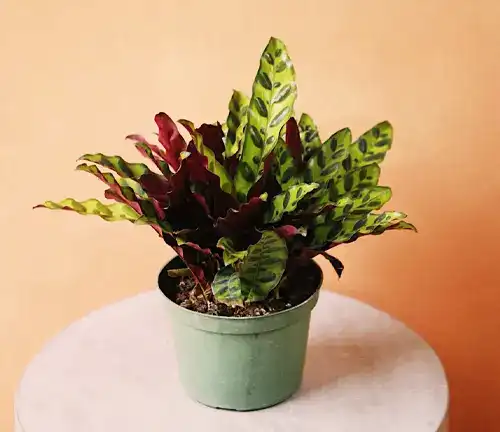
Aside from being a beloved houseplant, the Rattlesnake Plant also has practical uses. In its native regions, indigenous peoples have employed its leaves for various purposes. They have been known to weave baskets, mats, and even roof thatching from the plant’s strong and pliable leaves. This showcases the plant’s versatility and how its natural properties have been harnessed for centuries.
Benefits
Rattlesnake Plants offer numerous benefits to the indoor environment. Their air-purifying abilities are well-documented, helping to remove common household pollutants, thus improving air quality. Furthermore, their calming presence and striking appearance make them excellent additions to any interior design scheme, contributing to a sense of well-being and tranquility. These benefits, combined with their easy-care nature, make Rattlesnake Plants a popular choice among plant enthusiasts and those looking to enhance their living spaces with a touch of nature’s elegance.
Different Species
Calathea lancifolia
(Rattlesnake Plant)
This is the species that the common name “Rattlesnake Plant” typically refers to. It has lance-shaped leaves with dark green and silver markings, along with maroon undersides.
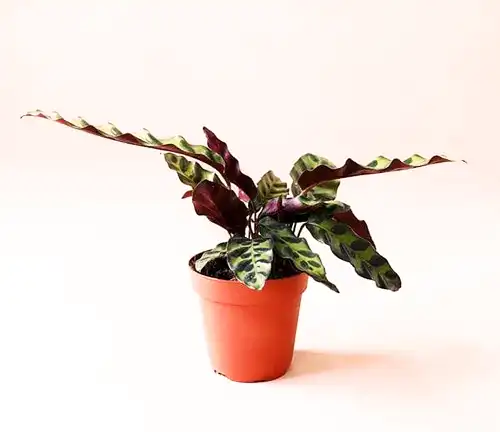

Calathea orbifolia
Known for its large, round leaves with silver and dark green stripes, Calathea orbifolia is highly sought after for its striking appearance.
Calathea roseopicta
(Rose-Painted Calathea)
This species encompasses several cultivars with various leaf patterns. Notable varieties include the Calathea roseopicta ‘Medallion,’ which features distinctive, round leaf patterns, and the ‘Dottie’ cultivar with dark green leaves and pink markings.
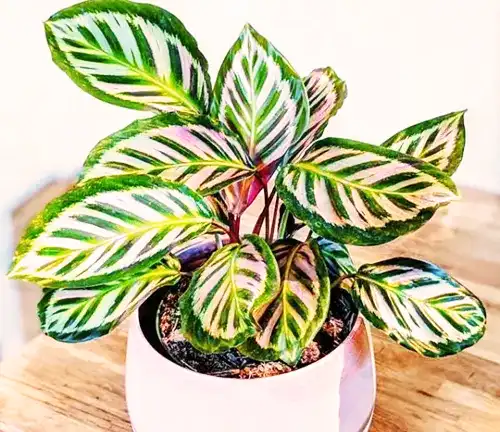
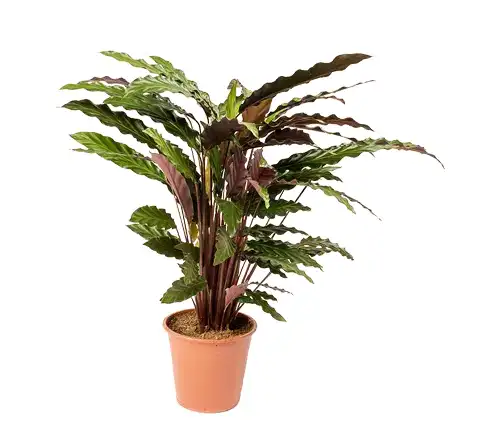
Calathea rufibarba
(Velvet Calathea)
This species has velvety, lance-shaped leaves with a deep green color and attractive purple undersides.
Calathea zebrina
(Zebra Plant)
Recognizable by its unique zebra-like striped leaves, this species is a favorite for those who appreciate distinctive foliage.
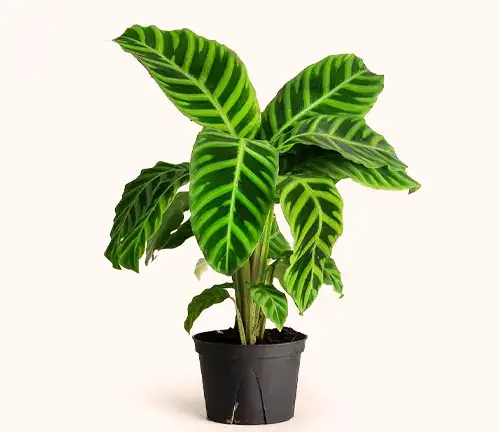
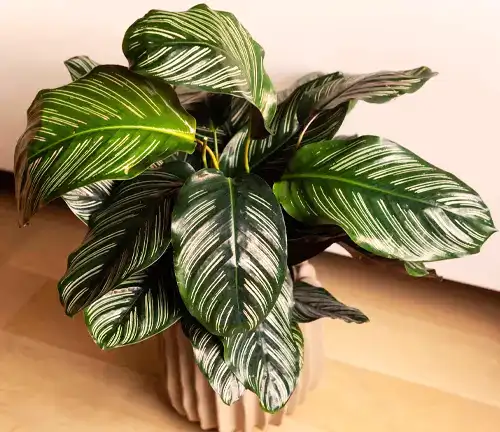
Calathea ornata
(Pinstripe Calathea)
Calathea ornata boasts beautiful pink stripes on its dark green leaves, giving it an elegant and ornate appearance.
Calathea makoyana
(Peacock Plant)
This species is known for its feather-like pattern on the leaves, resembling the vibrant plumage of a peacock.
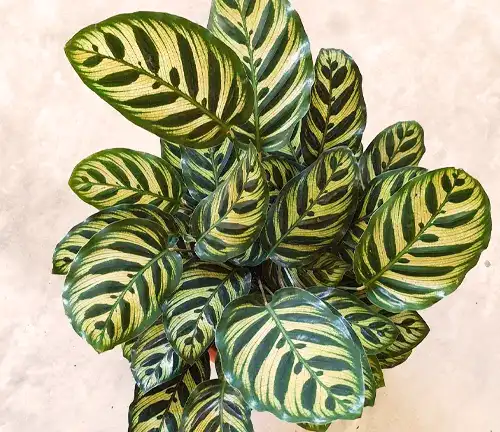
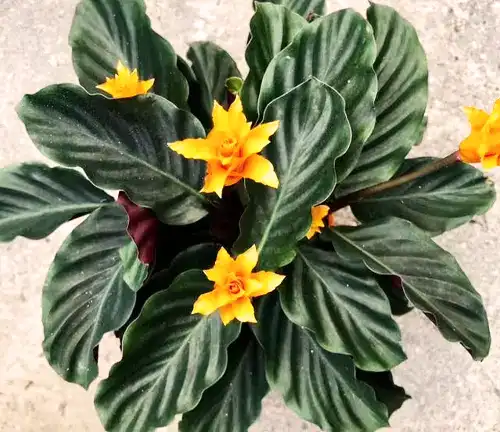
Calathea crocata
Featuring bright orange or yellow flowers, this species stands out not only for its striking leaves but also for its colorful blooms.
Calathea warscewiczii
With dark green leaves and silvery white veins, this species is valued for its rich, velvety foliage.
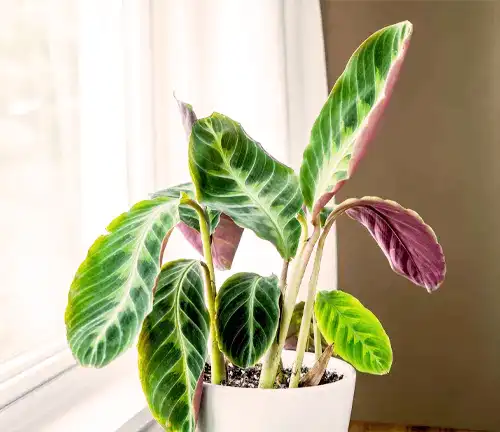
Frequently Asked Questions (FAQs)
- What is a Rattlesnake Plant?
A Rattlesnake Plant, scientifically known as Calathea lancifolia, is a popular houseplant admired for its striking, lance-shaped leaves with dark green and silver patterns, resembling the skin of a rattlesnake. - How do I care for a Rattlesnake Plant?
Rattlesnake Plants thrive in indirect sunlight, high humidity, and consistently moist (but not soggy) soil. They should be watered when the top inch of soil is dry, and it’s essential to maintain a high humidity level around them. - Why are the leaves of my Rattlesnake Plant curling or browning?
Curling or browning leaves can result from inadequate humidity, underwatering, or exposure to direct sunlight. To resolve these issues, ensure proper care and placement in your home. - Can I place my Rattlesnake Plant in direct sunlight?
No, Rattlesnake Plants should be kept in indirect, filtered sunlight. Direct sun exposure can scorch their leaves. - What is the significance of its “prayer plant” behavior?
Rattlesnake Plants, like many in the Marantaceae family, exhibit a daily leaf movement, raising their leaves at night and lowering them during the day, resembling a prayer position. This behavior is thought to help protect the leaves from excessive moisture loss. - Is the Rattlesnake Plant safe for pets?
Rattlesnake Plants are generally non-toxic to cats and dogs, making them a safe choice for pet-friendly households. - How can I propagate a Rattlesnake Plant?
The most common method of propagation is by dividing mature plants. Carefully separate the plant into smaller sections, each with roots attached, and pot them separately. - Are Rattlesnake Plants beneficial for air quality?
Yes, Rattlesnake Plants are known for their air-purifying qualities, helping to remove common household pollutants and improve indoor air quality. - How often should I fertilize my Rattlesnake Plant?
Fertilize your Rattlesnake Plant every 4-6 weeks during the growing season (spring and summer) with a balanced, water-soluble fertilizer. - What are some common issues that can affect Rattlesnake Plants?
Common issues include leaf curling, browning edges, yellowing leaves, and pest infestations (e.g., spider mites). Addressing these issues promptly with proper care can help maintain the health and beauty of your plant.



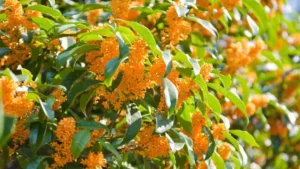
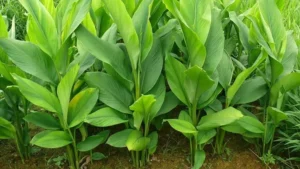


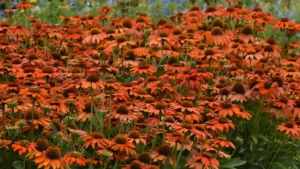
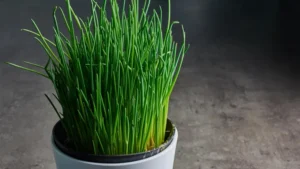
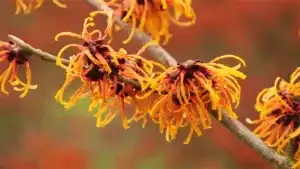


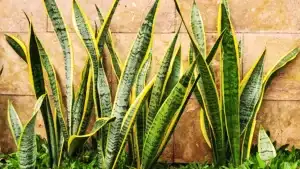

Leave your comment